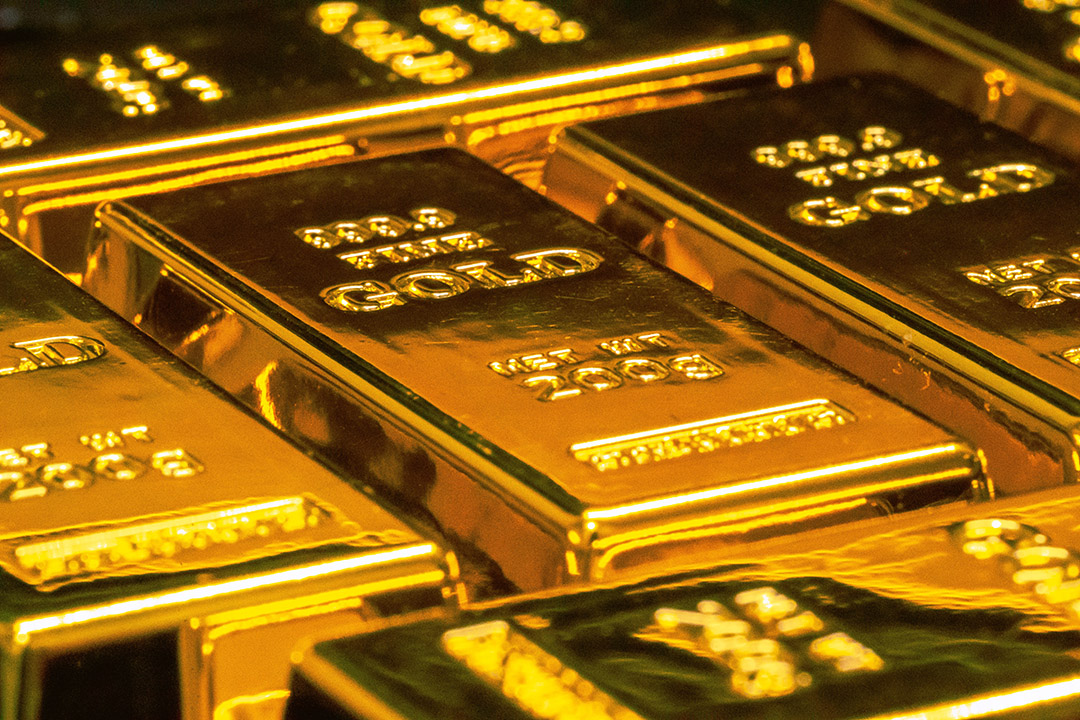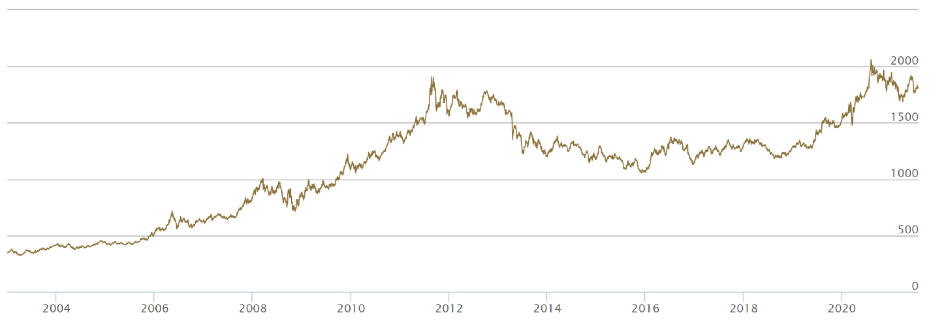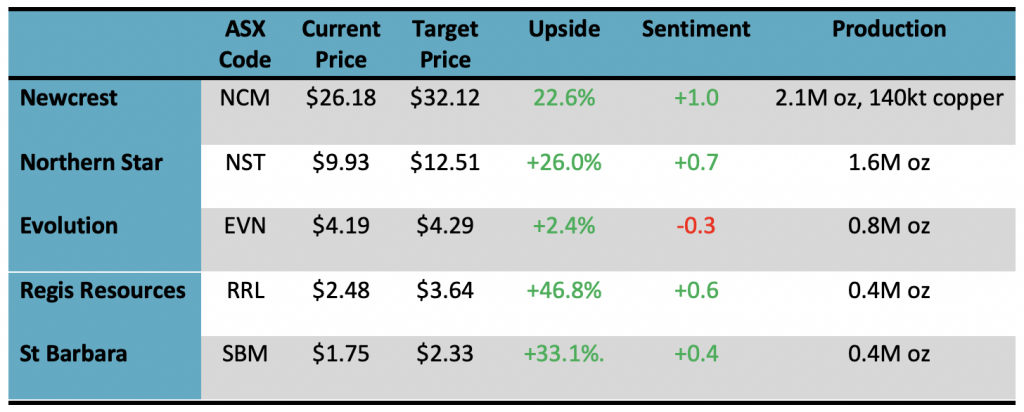

I have never been a big fan of gold, but as the stock market keeps climbing, I am becoming more attracted to the idea of adding it to my portfolio. Further, our leading gold mining companies are coming off a pretty torrid 12 months, with some stocks having halved in price over that period.
The long term price chart below shows that gold has been in a pretty solid uptrend since 2015. In fact, gold hit its highest price in more than 30 years in 2020, busting through the US $2,000 per ounce mark.
Gold Price per ounce in US Dollars - 4/2004 to 7/2021

But over the last 12 months, the price has been drifting down. In 2021, gold has traded in a relatively narrow range between US $1,700 and US $1,900 per ounce.
Gold Price per ounce in US Dollars – last 12 months

Supporting the gold price has been the fear that the world’s reserve currency, the US dollar, is being devalued because the US Government is running a massive budget deficit and the US Federal Reserve is printing money to support the economic recovery. Interest rates near zero percent makes bonds and other assets less attractive relative to gold. In the last few months, gold also got a boost as an inflation scare gathered momentum.
Against this, the “risk on” mood of the market that has helped to drive stock prices higher works against gold. The market’s acceptance that interest rates will rise over time as the US Federal Reserve starts to taper, and that inflation is more likely to be “transitory”, have lessened the case to hold gold. More recently, a rise in the US dollar has reduced support.
But the rally in stock prices can’t go on forever and with the gold price rangebound, it has some appeal as an insurance play. Maybe a small weighting – perhaps 5% of the portfolio – makes sense.
How to do it? There are three ways to own exposure to gold.
Firstly, you can buy physical gold through the Perth Mint or dealers such as ABC Bullion.
With the Perth Mint (www.perthmint.com/storage), you can buy gold coins or gold bars, and elect to take physical delivery of the bullion or have them store your gold securely under a custodial arrangement. The Perth Mint is backed by the WA Government.
You will need to open an account and undergo a mandatory ID check. If you open an account, you will probably want to open their Depository Online account. This allows you to trade gold online (potentially 24 hours a day), and generally has a tighter bid/offer spread than the phone or email service (known as their Depositary Program)
In addition to the bid/offer spread on the bullion, there are also transaction fees. For the Depository Online account, this is typically 0.75% on each buy and sell transaction. If you want the bullion specifically allocated to you (rather than unallocated), then the Mint charges a storage fee of 1% pa. Alternatively, you can elect to take physical delivery, in which case you will need to pay freight and insurance costs.
Exchange Traded Funds
An easier option for most investors will be to buy units in an exchange traded funds (ETF). There are three exchange traded gold funds quoted on the ASX.
Gold ETFs

All the ETFs are backed by physical gold and have a strong record in tracking the gold price. BetaShares QAU hedges the currency exposure into Australian dollars, which means that it effectively provides exposure to the US dollar price of gold. The other two ETFs are unhedged, providing exposure to the price of gold in Australian dollars. They also allow for the units to be swapped back into physical gold.
Listed Gold Shares
Listed gold shares are highly leveraged to the Australian dollar gold price. Although they hedge some of their output and often have US dollar borrowings, most of their costs are in Australian dollars and tend to be relatively fixed. A small change in the equivalent Australian dollar gold price can have a huge impact on profitability and their share price. For example, the second largest gold producer, Northern Star Resources (NST), has traded from a high of $17.03 last November to a low of $9.63 in April. Yesterday, it closed at $9.93.
While there are scores of gold companies to choose from, many of them are gold explorers, and the sage old advice for investors is to look at high quality producers, particularly those with low production costs and strong reserves.
Listed below are the 5 largest gold miners by production and market capitalisation. The table shows the consensus broker target price (source FNArena) and the implied “upside potential” from the last ASX price. According to the major brokers, Regis Resources has the most potential upside – the target price of $3.64 is 46.8% higher than the last ASX price of $2.48.
Leading Gold Miners - Broker Forecasts

Two important notes of caution. Firstly, target prices are highly sensitive to the brokers’ long term gold price forecasts. Secondly, the companies are not all pure gold miners. Newcrest (NCM), which is the largest gold producer, also mines copper.
Broker recommendations (buy/hold/sell), or sentiment, is another guide. The consensus recommendation is quoted on a scale of -1.0 being the most negative to +1.0 being most positive. The brokers are most positive on Newcrest (all ‘buy’ recommendations) and least positive on Evolution Mining.
I am going to go with the brokers on Newcrest and put that on my watchlist. I think the exposure to copper adds to its status as Australia’s largest gold producer.